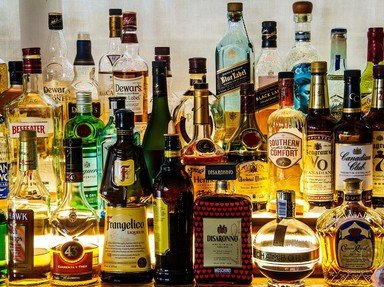Quiz Answer Key and Fun Facts
1. Which of the following towns is the undisputed birthplace of the liqueur known as limoncello?
2. Which part of the lemon is used to make limoncello?
3. One of the alcohols that can be used in making limoncello is vodka, but which of the following is also commonly used?
4. Which of the terms best describes how limoncello is traditionally served during an Italian meal?
5. When making limoncello, of what is the simple syrup mixture that is added to the lemon/alcohol mixture as the second step of production made?
6. Limoncello is one of the common souvenirs purchased from the Campania region in Italy. Where is the best place to store it at home?
7. Limoncello can be used to make desserts.
8. Limoncello can be made with any type of lemon.
9. So, what about lemons from Campania? What is the special variety used in making limoncello called?
10. Which of the settlers in Campania are credited with the introduction of lemons to the area in about the first century AD?
Source: Author
ponycargirl
This quiz was reviewed by FunTrivia editor
agony before going online.
Any errors found in FunTrivia content are routinely corrected through our feedback system.

